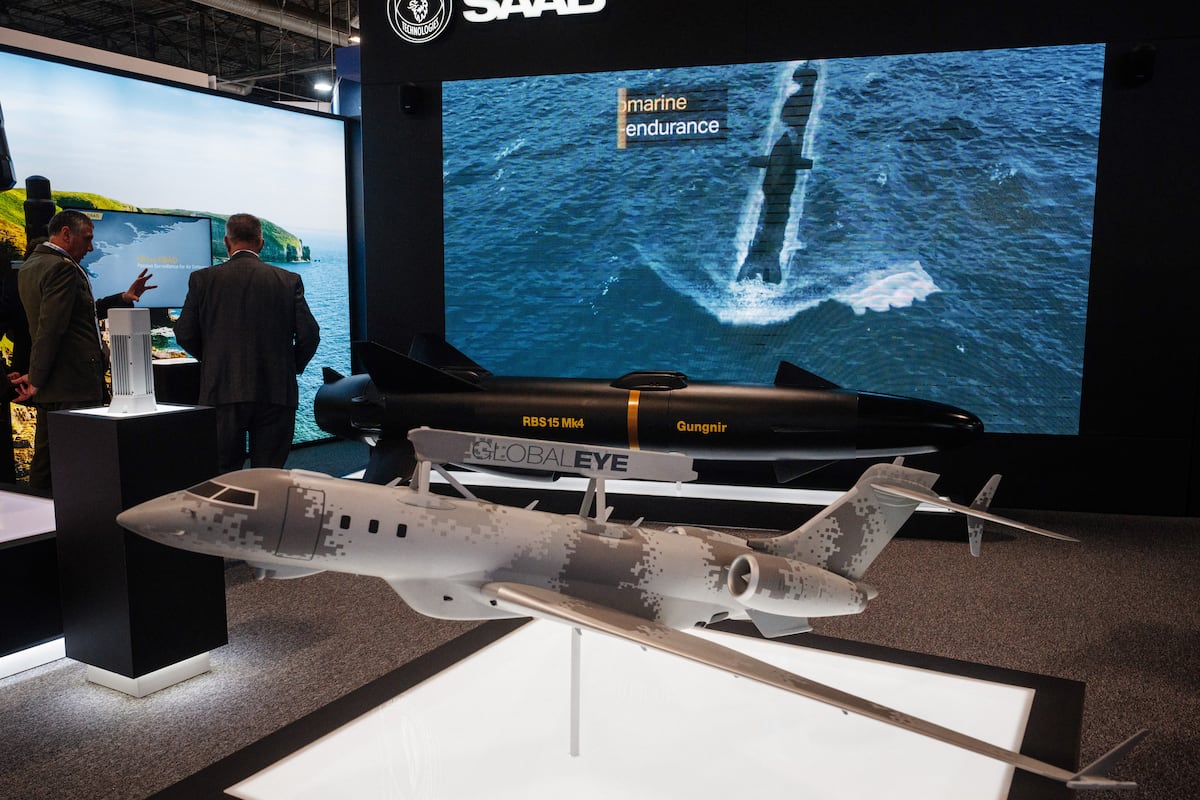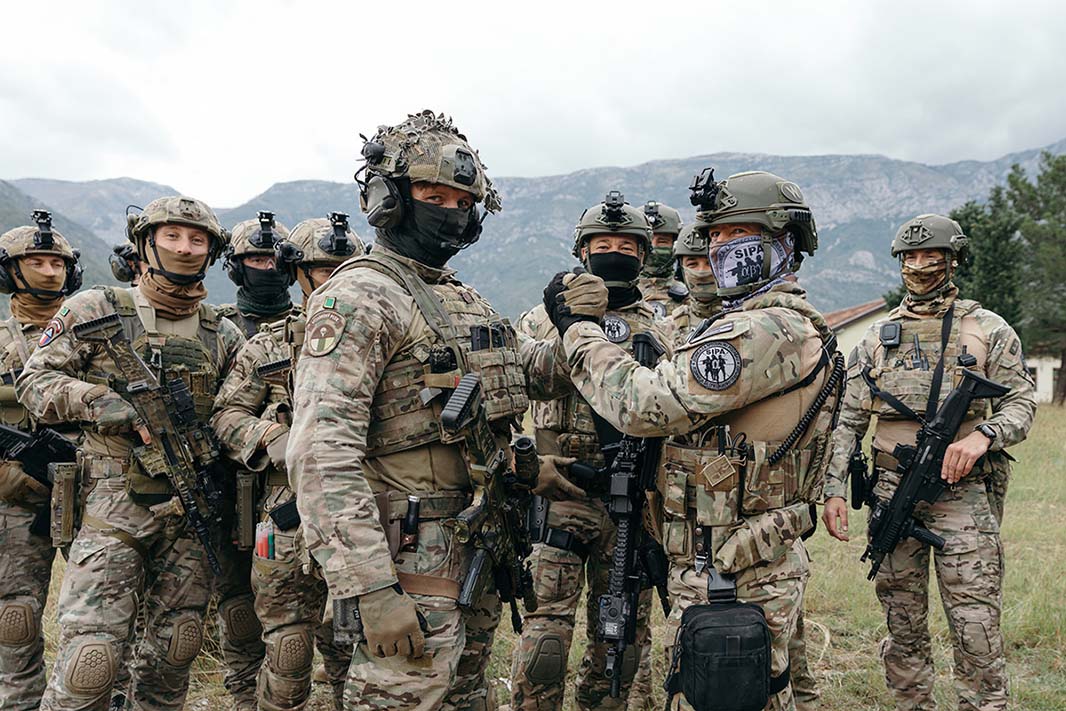Alarming Increase in Military Aircraft Mishaps: A Call for Reform
Recent data from the Pentagon indicates a worrying surge in military aircraft mishaps, with Class A incidents—classified as the most severe in terms of cost and fatalities—increasing by 55% over the past four years. This trend has drawn significant attention from lawmakers, defense analysts, and aviation safety specialists.
Trends in Class A Mishaps
The statistics reveal a marked escalation in Class A mishaps per 100,000 flight hours, climbing from 1.3 in fiscal year 2020 to 2.02 in fiscal year 2024. This information was released to Senator Elizabeth Warren of Massachusetts following her inquiry into military aviation safety. The report detailed 4,280 mishaps across budget years 2020 through 2023, resulting in 90 fatalities, nearly 90 aircraft losses, and estimated damages exceeding $9 billion.
Breakdown by Service
- Marines: Incidents nearly doubled, rising from 1.33 to 3.91 per 100,000 flight hours.
- Army: Increased from 0.76 to 2.02.
- Air Force: Slight rise from 1.72 to 1.9.
- Navy: Fluctuated between 1.12 and 1.76, having peaked at 1.98 in 2022.
Calls for Greater Transparency
In response to the alarming trends, Senator Warren has advocated for provisions in the current defense policy bill. These would mandate the Pentagon to share summaries of internal safety reports from the past three years with Congress. Advocacy groups emphasize that reducing these mishaps is imperative not only for the safety of service members and their families but also for overall military readiness.
Insights from Experts
Safety advocates and defense professionals attribute rising mishap rates to several factors:
- Declining Transparency: There is growing concern about the lack of openness surrounding safety investigations and outcomes.
- Increased Operational Tempo: Higher flight operations without proportionate increases in funding and resources are straining safety systems.
- Static Budgets: Budget constraints have led to insufficient investments in maintenance and training—a critical aspect for maintaining flight safety.
J.F. Joseph, a retired Marine Corps pilot and aviation consultant, noted:
“Proper maintenance and adequate staffing are vital for ensuring pilot proficiency and aircraft reliability. Without consistent resources, operational safety is compromised.”
Case Studies of Concern
The Pentagon’s data indicates a significant number of mishaps involving the V-22 Osprey, accounting for 20 deaths due to four crashes since 2022. One affected family member emphasized that transparency is essential for both accountability and trust within the military community, stating:
“Survivors and families deserve complete answers regarding safety practices and the conditions leading to these tragic incidents.”
Air Force Initiatives
In light of these developments, some military branches are actively addressing the issue. The Air Force has initiated campaigns aimed at improving safety and operational standards. Retired General David Allvin highlighted the loss of 47 airmen due to preventable mishaps and the substantial financial losses incurred.
Recommendations for Improvement
There is broad consensus among experts that reversing the troubling trends in aviation safety requires:
- Enhanced Training Protocols: Investing in structured pilot training programs to ensure adequate flight hours.
- Consistent Maintenance Funding: Securing funding and staffing for maintenance teams to avoid reliance on cannibalization of aircraft parts.
- Full Accountability: Implementing a culture of transparency concerning mishap investigations and outcomes.
Legislative Actions
Senator Warren is actively pressing for further data on Class A mishaps for the remainder of 2024 and into 2025, requesting comprehensive insights into mishaps, fatalities, aircraft losses, and associated costs. This request stems from a critical need to rectify the escalating trends and prioritize safety within military aviation.
The increasing rates of costly and fatal aircraft incidents demand immediate attention from both Congress and the Department of Defense. Addressing these challenges is vital for ensuring the safety and readiness of the U.S. military.





